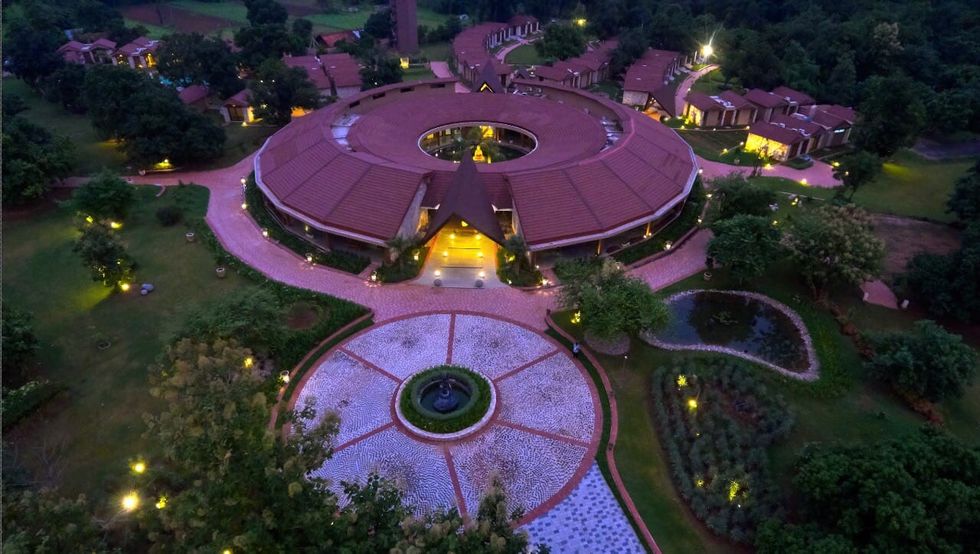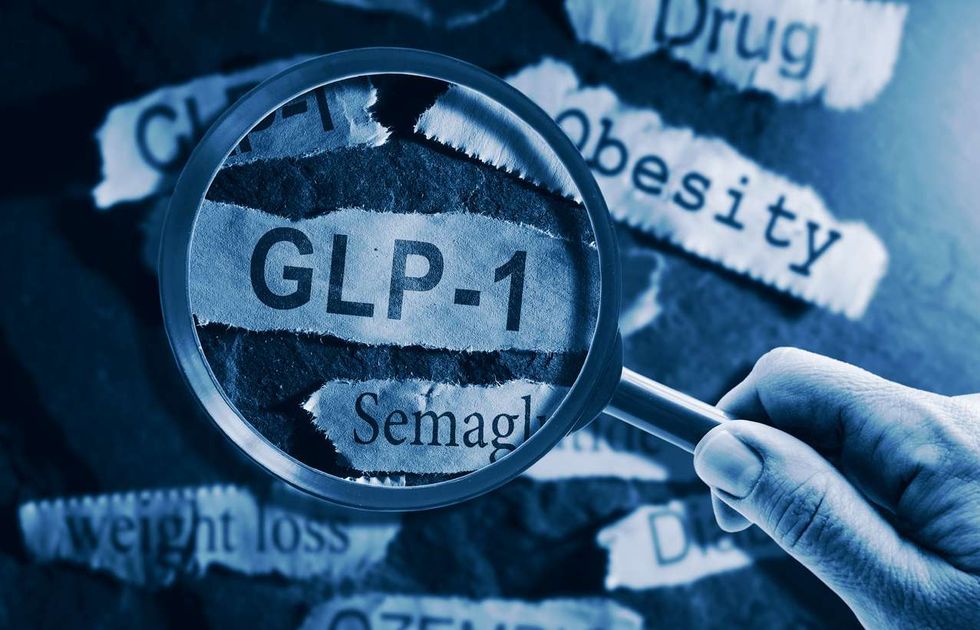Alcohol & drug abuse are one of the serious issues we face today. With its rise, more and more lives succumb to their addiction every year, taking over the control of their mind and body. Addiction impacts the life of not only the addict but his family too and make their lives stressful. With right and timely treatment and therapies, their lives can be transformed. Conventional addiction control and treatment drugs and therapies work in the long run; however, they have their limitations. Hence, there’s a pressing need for a different approach. And that’s where, holistic healing becomes important. Holistic healing focusses on the individual and works on his mind, body and spirit to aid recovery from addiction and enhance his lifestyle through proven evidence-based therapies and wellness programs. It promotes identifying and exploiting stress release mechanisms, creating and pursuing creative channels. With its highly effective comprehensive remedies for drug and alcohol addiction, Alpha Healing Center is making a positive impact and transforming many lives.
Alpha Healing Center is a one of the leading and inimitable holistic healing and wellness destinations in India to provide incomparable holistic healing therapies to drug & alcohol addicts. Situated in the environs of the abounding city, Vadodara, Gujarat, it is a one-of-a-kind, unrivaled de-addiction and rehabilitation center in India, that offers an array of multi-disciplinary evidence-based treatment programs for various addictions and ailments. Amongst many, their Alcohol Addiction, Drug Addiction, depression, trauma and PTSD treatment programs are known to have high success rate. The center also runs a highly successful and result-oriented 14-days Smoking and Tobacco de-addiction residential program that combines holistic treatment with counseling, balanced nutrition and recreational engagements for speedy recovery of the patients.
Nestled in the womb of lush nature, AHC boasts of world-class inpatient care facilities, providing a perfect and conducive milieu to drive inward focus and effectivity of enhanced therapies. An ISO approved rehabilitation facility, it specializes in de-addiction and rehabilitation programs and operates on the holistic model of purification that involves mind, body and soul. The center is well-equipped with ultramodern recreational facilities like organic farming, indoor and outdoor sports, spa & massage, yoga room fitness center, swimming pool and an in-house theatre and also has exclusive female zones with 24x7 female security facilities.
AHC believes in providing person-center healings and care and not just curing the ailment and embraces an all-inclusive approach and offers advanced evidence-based therapies to aid holistic recovery for substance abusers and addicts. The experts at the center work relentlessly to offer customized treatment and wellness programs to meet the unique requirements of the patients. These include Partial Care Program, Intensive Residential Program and Traditional Residential Program. The residential programs are 8 – 12 weeks long and tailored based on the individual needs. AHC also facilitates patients’ participation in an inpatient medical stabilization program for opioids addicts. The operations at AHC are process driven. The center maintains EMR (Electronic Medical Records) of its patients to ensure confidentiality and transparency.
Led by the visionary leadership, AHC is backed by zealous, highly qualified and experienced team that includes Psychiatrists, Clinical Psychologists, Occupational Therapists, Hypnotherapists, Dieticians, Art and Music Therapists, Yoga teachers and counselors who come with the sound experience of running an international center in New Jersey. Trained under the international experts, AHC team works together to comprehend, integrate and customize the treatment approach for optimal results in recovery and enhanced health and lifestyle of the patients. The novel evidence-based therapies supported by neuroscience research contributes to the high success rate of the de-addiction programs offered by the center. The center incorporates a 6-element philosophy of Holistic recovery, Integrative medicine, Individualized and Family-centered Approach, Respectful Environment and Continuity in Care. Every aspect is carefully considered during the pre-evaluation and tailoring the residential program and it differs from case to case. The treatment methodology clubs behavioral therapies and wellness programs to offer balanced care and accomplish a long-term positive result for the patient. These include Cognitive Behavioral Therapy, Motivational Enhancement Therapy, Individual Therapy, Group Therapy, Family Therapy, counseling, balanced diet, exercises, spiritual activities, etc.
AHC functions beyond just recovery of the patients. It takes pride in fostering a healthy living through its wellness programs that are designed to inculcate a life-long responsibility and commitment towards holistic health in patients. The center also aims at promoting sobriety resilience and inclusion in the community. To pursue this, the therapists work with the patients to develop post treatment plan in accordance to their needs and provides resources, supervision and support in their home community.
AHC is easy to access for those who are looking to treat their addiction and have made their courageous decision. The center has a full-fledged 24x7 customer care available on the toll-free number 1800-102-0489. You can also reach out to the coordinators and counselors at the center on 9136783804 / 7490023387










 Novo Nordisk launches Ozempic in India as diabetes cases climb Getty Images
Novo Nordisk launches Ozempic in India as diabetes cases climb Getty Images  Ozempic weekly pens now available in India for type 2 diabetesiStock
Ozempic weekly pens now available in India for type 2 diabetesiStock  India gets Ozempic as obesity and diabetes numbers riseiStock
India gets Ozempic as obesity and diabetes numbers riseiStock  Doctors say Ozempic helps blood sugar and weight management in adultsiStock
Doctors say Ozempic helps blood sugar and weight management in adultsiStock





